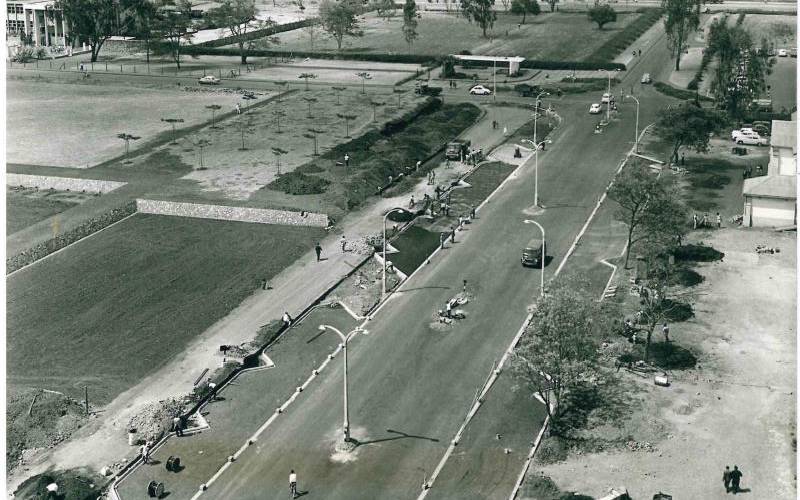×
The Standard e-Paper
Smart Minds Choose Us

Today marks 123 years since the settlement today known as Nairobi came to be. It is a settlement that grew out of a need to speed up the work on the Uganda Railway, or the Lunatic Express, as some termed the new line in derision.
Perhaps there would be no Nairobi as we know it had the then chief railway engineer George Whitehouse not walked into the area as he scouted for a suitable place for the railway headquarters with yards and workshops.